Home>Technology>Smart Home Devices>How To Fix Verizon Wi-Fi Router
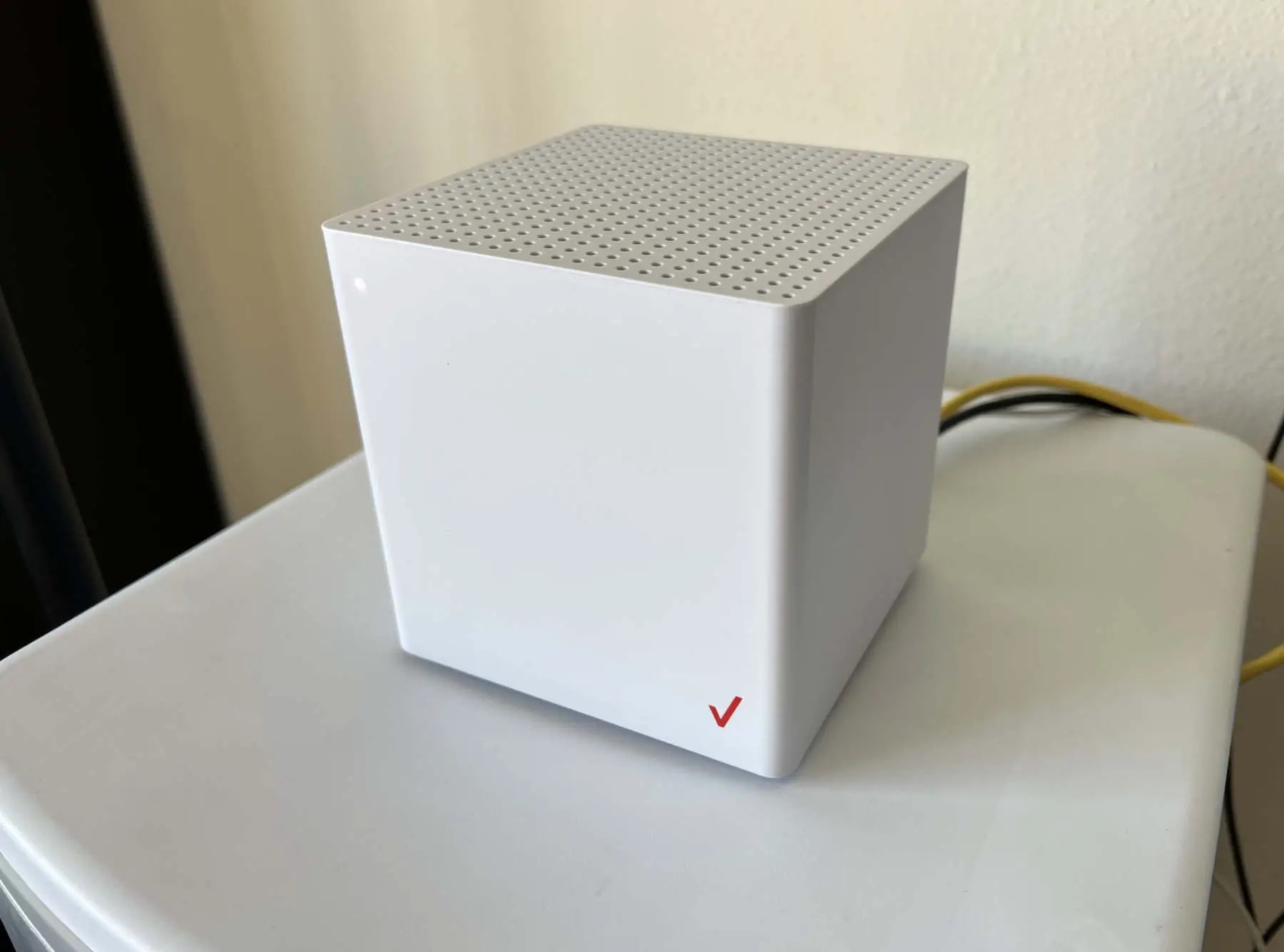

Smart Home Devices
How To Fix Verizon Wi-Fi Router
Modified: March 21, 2024
Learn how to troubleshoot and fix issues with your Verizon Wi-Fi router for seamless connectivity and optimal performance with smart home devices. Discover expert tips and solutions for a reliable smart home experience.
(Many of the links in this article redirect to a specific reviewed product. Your purchase of these products through affiliate links helps to generate commission for Storables.com, at no extra cost. Learn more)
Introduction
Welcome to the world of smart home devices, where convenience and connectivity converge to transform the way we live. As we immerse ourselves in this interconnected ecosystem, our reliance on a stable and robust Wi-Fi network becomes increasingly paramount. Whether you're streaming your favorite shows, controlling your smart lights, or monitoring your home security system, a dependable Wi-Fi connection is the linchpin that keeps everything seamlessly integrated.
Amidst this digital symphony, Verizon Wi-Fi routers stand as stalwart guardians of connectivity, providing the essential link between your smart devices and the boundless expanse of the internet. However, even the most reliable routers can encounter hiccups from time to time, leading to frustrating disruptions in your connected lifestyle.
In this comprehensive guide, we'll delve into the troubleshooting steps to address common issues that may arise with your Verizon Wi-Fi router. From simple checks to more advanced solutions, we'll equip you with the knowledge and tools to navigate through connectivity challenges and restore your Wi-Fi network to its optimal state.
So, if you've encountered sluggish internet speeds, intermittent connectivity, or any other Wi-Fi woes, fear not! By the end of this guide, you'll be empowered to diagnose and resolve these issues with confidence, ensuring that your smart home devices remain seamlessly interconnected, and your digital lifestyle flows effortlessly. Let's embark on this journey to rejuvenate your Verizon Wi-Fi router and reignite the full potential of your smart home ecosystem.
Key Takeaways:
- Ensure your Verizon Wi-Fi router’s optimal performance by checking connections, power cycling, resetting, updating firmware, and seeking Verizon support for persistent issues.
- Troubleshoot Verizon Wi-Fi router issues with simple steps like power cycling and advanced solutions like firmware updates, ensuring seamless connectivity for your smart home devices.
Read more: How To Connect Verizon Wi-Fi Router
Step 1: Check the Wi-Fi Connection
Before delving into intricate troubleshooting procedures, it’s essential to start with the basics. Begin by ensuring that the issue isn’t stemming from an external source, such as a service outage or a disruption in the internet service provider’s network. Here’s a systematic approach to assess and validate the integrity of your Wi-Fi connection:
- Verify Device Connectivity: Check if the connectivity issues are pervasive across all your smart devices or if they are isolated to a specific device. This initial assessment can help pinpoint whether the problem lies with the router or with individual devices.
- Inspect Router Indicators: Examine the indicator lights on your Verizon Wi-Fi router. These lights convey crucial information about the router’s status, including power, internet connectivity, and Wi-Fi signal strength. Anomalies in these indicators can provide insights into potential issues.
- Test Signal Strength: Move around your home and gauge the Wi-Fi signal strength in different areas. Weak signal strength in specific locations could indicate obstructions or interference, prompting the need for strategic router placement or the implementation of signal-boosting solutions.
- Perform Speed Tests: Utilize online speed testing tools or dedicated mobile apps to measure the upload and download speeds of your Wi-Fi connection. Comparing these results against your subscribed internet plan can help identify discrepancies that may require further investigation.
By meticulously assessing the factors outlined above, you can gain valuable insights into the nature of the Wi-Fi connectivity issues plaguing your smart home ecosystem. This initial diagnostic phase lays the groundwork for targeted troubleshooting efforts, guiding you toward effective solutions tailored to the specific nuances of your Wi-Fi network challenges.
Step 2: Power Cycle the Router
When confronted with connectivity issues, power cycling the router often serves as a simple yet effective remedy. This process entails rebooting the router to clear temporary glitches and restore its operational functionality. Here’s a step-by-step guide to power cycling your Verizon Wi-Fi router:
- Unplug the Router: Locate the power adapter connected to your Verizon Wi-Fi router and unplug it from the power outlet. Ensure that the router is completely disconnected from the power source to initiate a full reset.
- Wait for 30 Seconds: Allow a brief interval of approximately 30 seconds to elapse before proceeding to the next step. This duration enables the router to discharge any residual electrical charge and reset its internal components.
- Reconnect the Router: After the 30-second interval has elapsed, plug the power adapter back into the power outlet, re-establishing the electrical connection to the router. Ensure that the adapter is securely inserted, and the router’s power indicators illuminate to signify its reactivation.
- Monitor Router Initialization: Observe the router’s indicator lights as it undergoes the reboot process. Pay close attention to any changes in the light patterns, as they can convey vital information about the router’s reinitialization and connectivity status.
Upon completing the power cycling procedure, allow the router a few minutes to fully reboot and stabilize its operations. Subsequently, reassess the Wi-Fi connectivity on your smart devices to determine if the power cycle has alleviated the previously encountered issues. In many cases, this straightforward troubleshooting step can swiftly rectify transient connectivity disruptions and restore seamless functionality to your Verizon Wi-Fi router.
To fix a Verizon Wi-Fi router, try power cycling the router by unplugging it for 30 seconds and then plugging it back in. If that doesn’t work, try resetting the router to its factory settings using the reset button on the back.
Step 3: Reset the Router
If power cycling fails to resolve persistent connectivity issues with your Verizon Wi-Fi router, performing a router reset may offer a more comprehensive solution. It’s important to note that a router reset will restore the device to its factory settings, erasing any customized configurations and network preferences. Before proceeding with this step, it’s advisable to document or backup any essential settings to streamline the reconfiguration process post-reset. Here’s a detailed walkthrough of the router reset process:
- Locate the Reset Button: On the rear or underside of your Verizon Wi-Fi router, you’ll find a small reset button. This button is typically recessed to prevent accidental activation and may require the use of a paperclip or similar tool to press it.
- Press and Hold the Reset Button: With the router powered on, press and hold the reset button for approximately 10-15 seconds. During this duration, the router’s indicator lights may exhibit specific patterns to indicate the reset process.
- Observe Router Reboot: After releasing the reset button, the router will undergo a reboot cycle, signaling the initiation of the reset procedure. Allow the router a few minutes to complete this reboot process and initialize its restored factory settings.
- Reconfigure Network Settings: Once the router has rebooted, you’ll need to reconfigure its network settings, including Wi-Fi network names (SSIDs), security protocols, and any customizations such as port forwarding or DHCP settings. Consult your router’s user manual or online resources for guidance on re-establishing these configurations.
After completing the router reset and reconfiguring its settings, assess the Wi-Fi connectivity across your smart devices to ascertain if the reset has effectively resolved the persistent issues. By restoring the router to its default state, you can mitigate underlying software or configuration-related anomalies that may have impeded its optimal functionality. However, exercise caution when executing a router reset, as it entails the loss of personalized settings and necessitates a comprehensive reconfiguration process.
Step 4: Update Router Firmware
Ensuring that your Verizon Wi-Fi router’s firmware is up to date is crucial for maintaining optimal performance, security, and compatibility with the latest networking standards. Firmware updates often include bug fixes, security patches, and feature enhancements that can address underlying connectivity issues and bolster the router’s overall stability. Here’s a comprehensive guide to updating your router’s firmware:
- Access the Router’s Admin Interface: Using a web browser on a connected device, enter the router’s IP address in the address bar to access its admin interface. The router’s IP address and login credentials are typically provided in the router’s documentation or can be found on the router itself.
- Locate the Firmware Update Section: Within the router’s admin interface, navigate to the section dedicated to firmware updates. This may be labeled as “Firmware Update,” “Software Update,” or a similar designation, depending on the router model.
- Check for Available Updates: Initiate a check for available firmware updates within the router’s admin interface. Depending on the router model, this process may involve clicking a “Check for Updates” button or a similar action to prompt the router to query the manufacturer’s servers for the latest firmware version.
- Download and Install the Update: If a firmware update is available, follow the on-screen prompts to download and install the update to your Verizon Wi-Fi router. During this process, it’s crucial to avoid interrupting the update or powering off the router, as this can lead to firmware corruption and operational issues.
- Monitor Update Progress: While the firmware update is being installed, monitor the progress indicators provided within the router’s admin interface. Upon completion, the router may automatically reboot to finalize the firmware update.
By proactively updating your Verizon Wi-Fi router’s firmware, you can leverage the latest optimizations and enhancements offered by the manufacturer, potentially resolving underlying connectivity issues and fortifying the router’s security posture. Regular firmware updates are integral to maintaining the long-term reliability and performance of your router within the dynamic landscape of smart home networking.
Read more: How To Reset Verizon Wi-Fi Router
Step 5: Contact Verizon Support
When all other troubleshooting measures have been exhausted and persistent Wi-Fi connectivity issues persist, it may be time to enlist the expertise of Verizon’s dedicated support team. Verizon’s support professionals are equipped with the knowledge and resources to address intricate router-related challenges and provide tailored guidance to restore your Wi-Fi network to its optimal state. Here’s an overview of the steps to initiate contact with Verizon support:
- Access Verizon Support Channels: Utilize Verizon’s official website, customer support hotline, or dedicated support app to explore the available avenues for seeking technical assistance. These channels often offer comprehensive support resources, including live chat options, community forums, and direct access to support representatives.
- Describe the Connectivity Issues: When reaching out to Verizon support, provide a detailed account of the Wi-Fi connectivity issues you’ve encountered. Include specific details such as the nature of the disruptions, any error messages observed, and the duration over which the issues have persisted. This information can facilitate a more targeted and efficient troubleshooting process.
- Follow Support Guidance: Upon engaging with Verizon’s support team, adhere to the guidance and instructions provided by the support representatives. This may involve performing additional diagnostic tests, providing remote access to the router for troubleshooting, or scheduling an on-site visit by Verizon’s technical personnel, depending on the severity and complexity of the issues.
- Explore Support Resources: In addition to direct support interactions, leverage Verizon’s online knowledge base, FAQs, and troubleshooting guides to gain insights into common router-related issues and potential solutions. These resources can empower you with valuable information to complement the support process and enhance your understanding of Wi-Fi network maintenance.
By engaging with Verizon’s support infrastructure, you can leverage the collective expertise and resources of the company to address intricate Wi-Fi connectivity challenges and restore the seamless functionality of your smart home ecosystem. The dedicated support team is committed to ensuring that your Verizon Wi-Fi router operates at its peak performance, enabling you to enjoy uninterrupted connectivity and the full potential of your interconnected smart devices.
Frequently Asked Questions about How To Fix Verizon Wi-Fi Router
Was this page helpful?
At Storables.com, we guarantee accurate and reliable information. Our content, validated by Expert Board Contributors, is crafted following stringent Editorial Policies. We're committed to providing you with well-researched, expert-backed insights for all your informational needs.
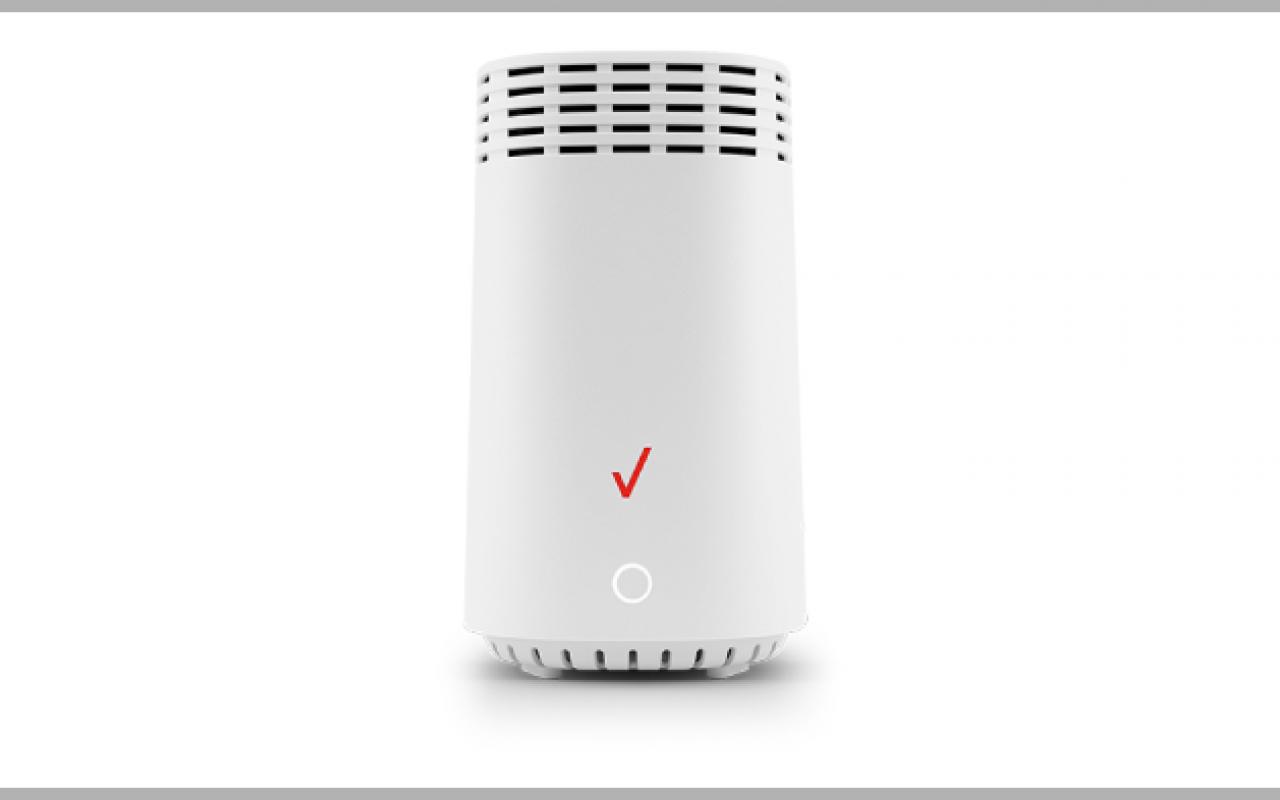
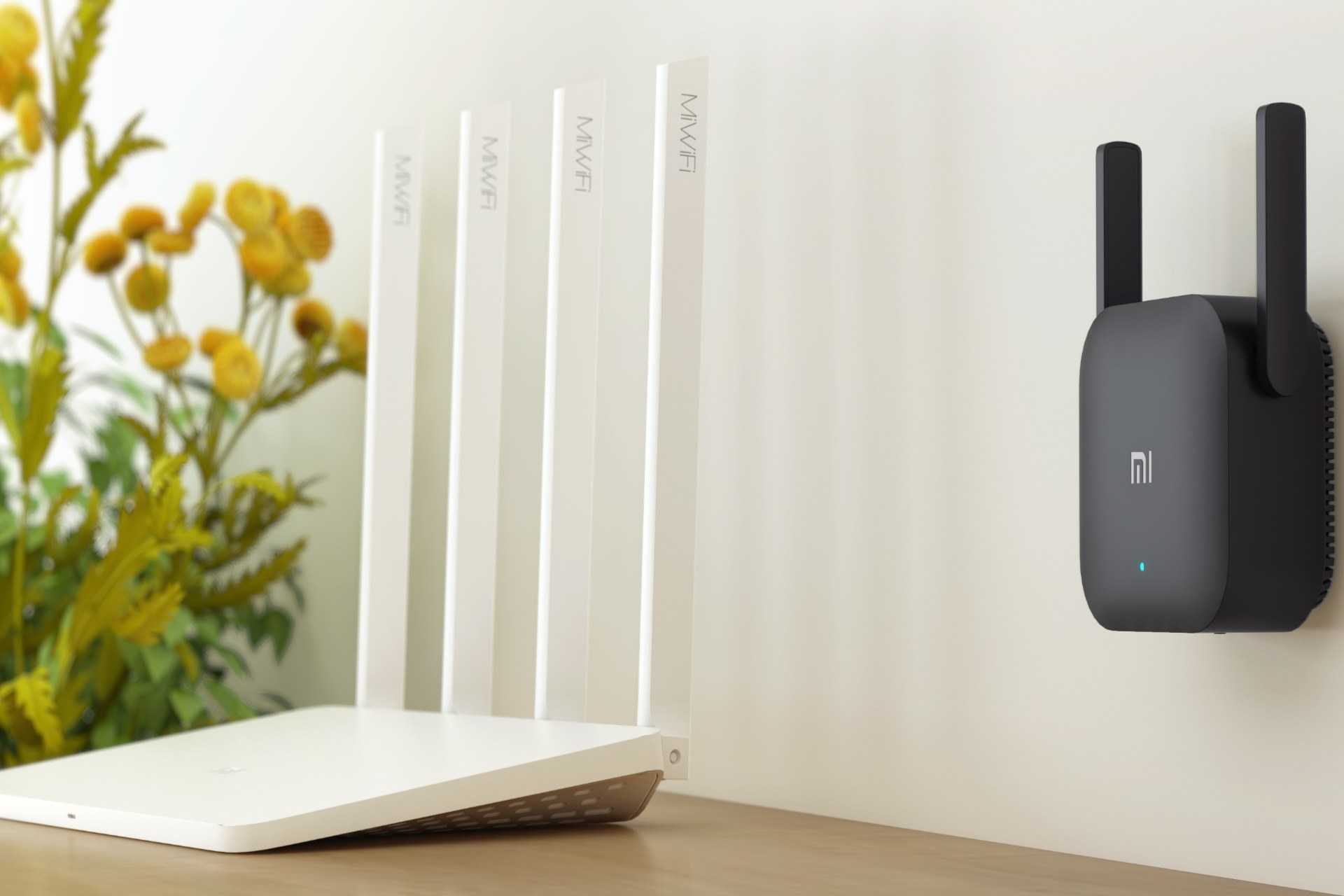
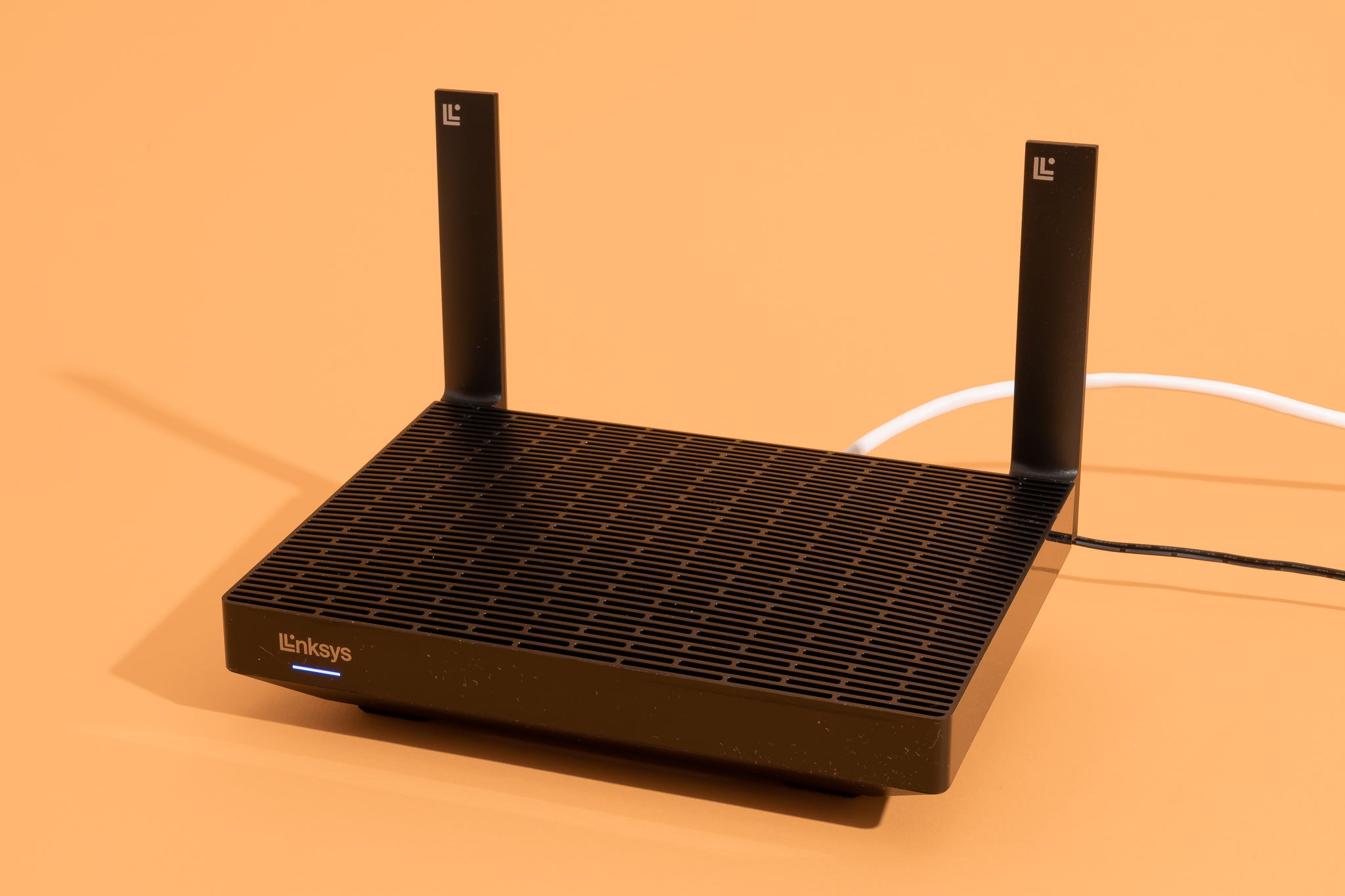
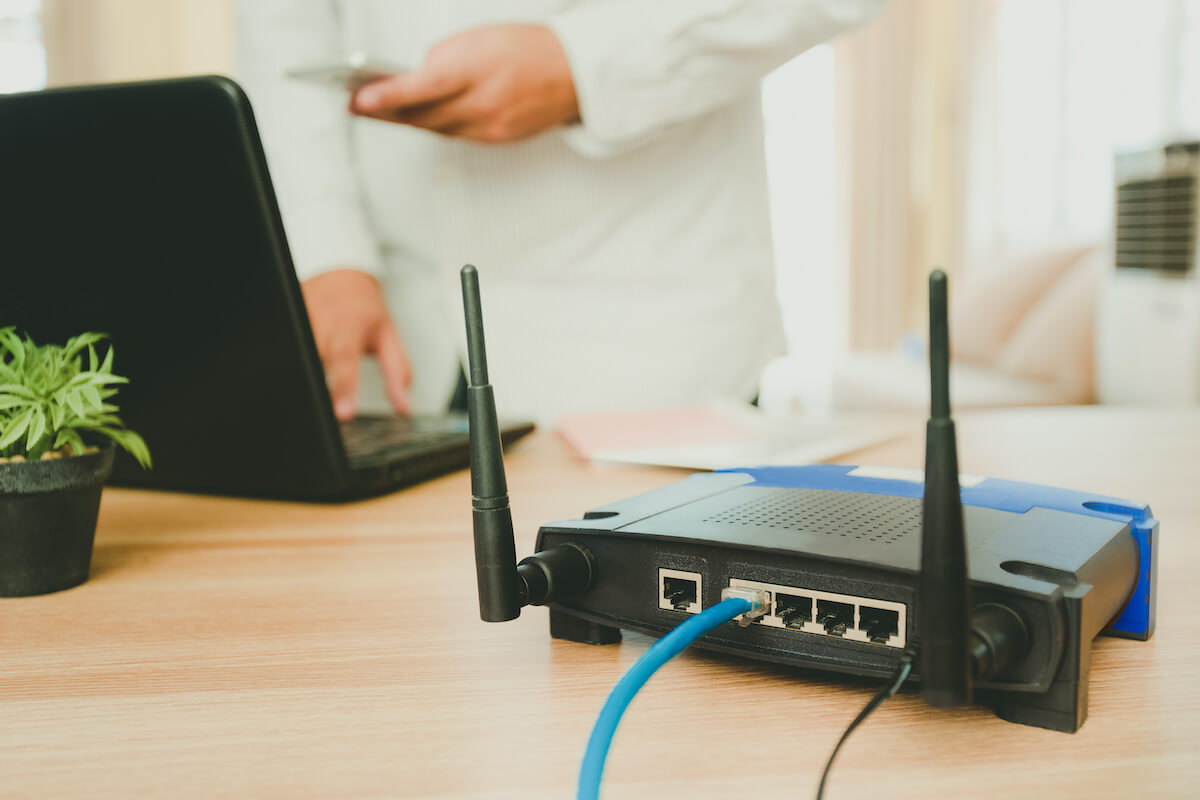
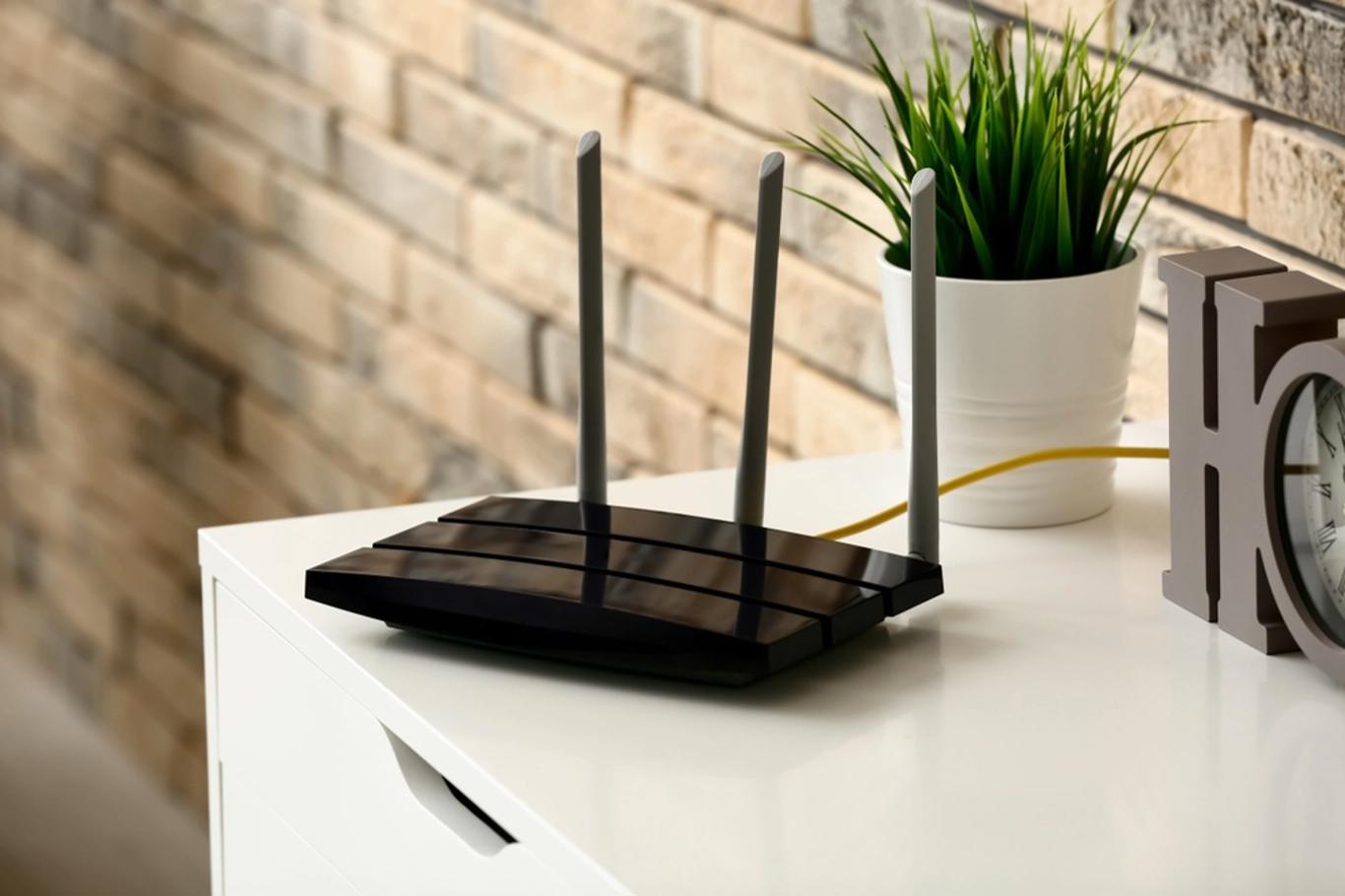
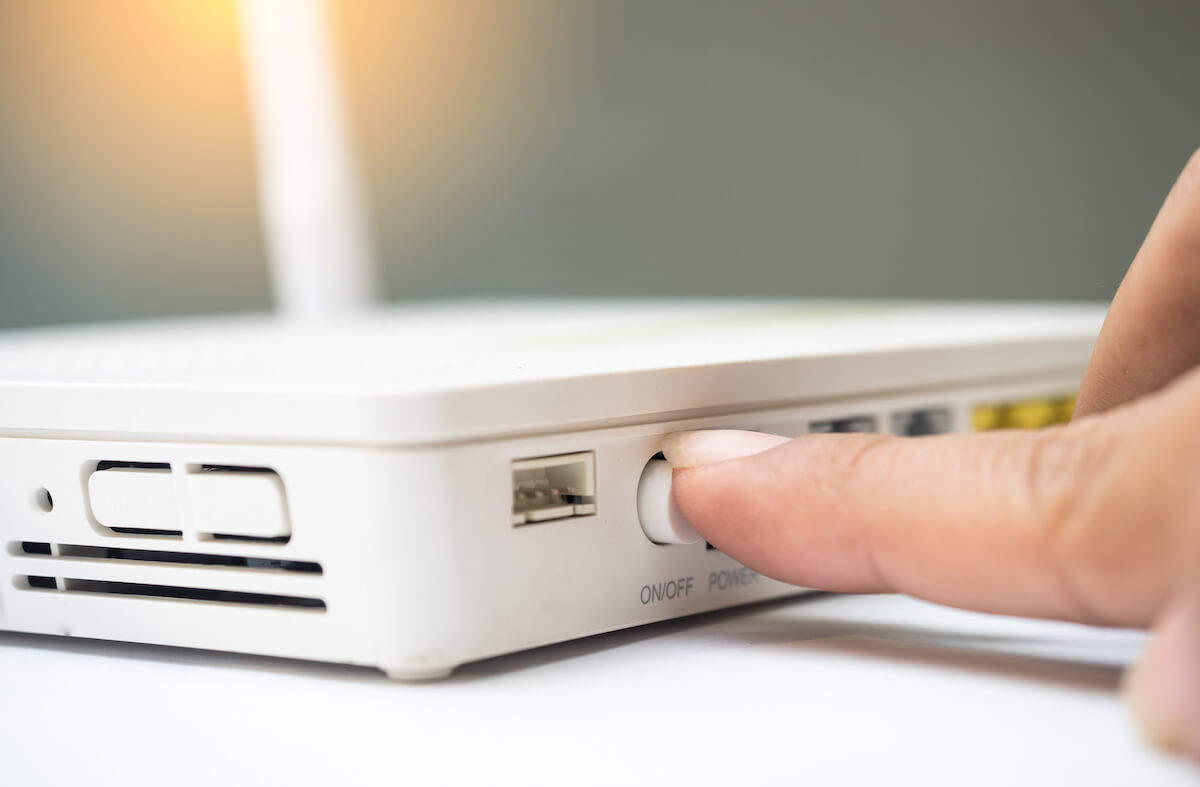
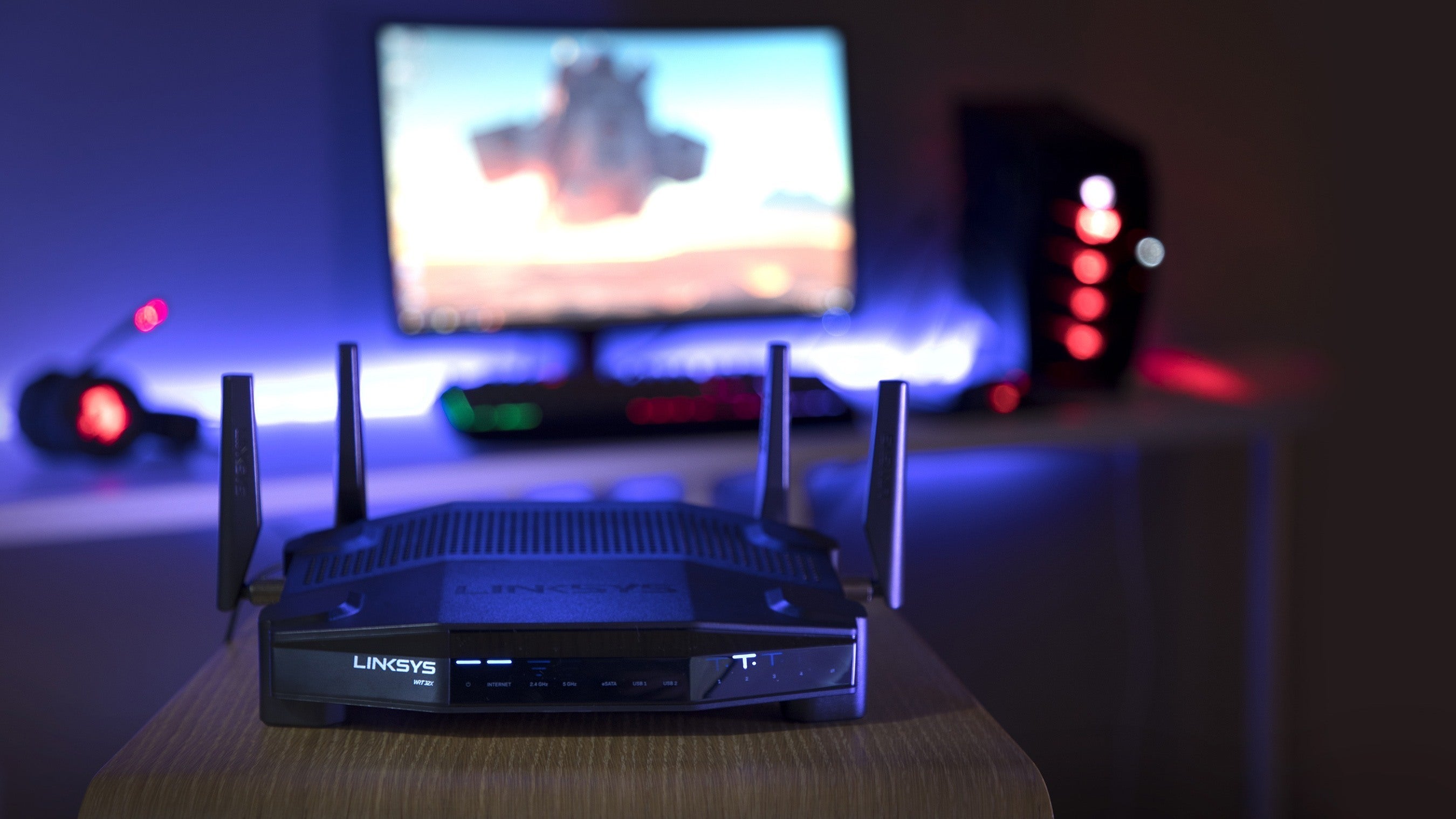
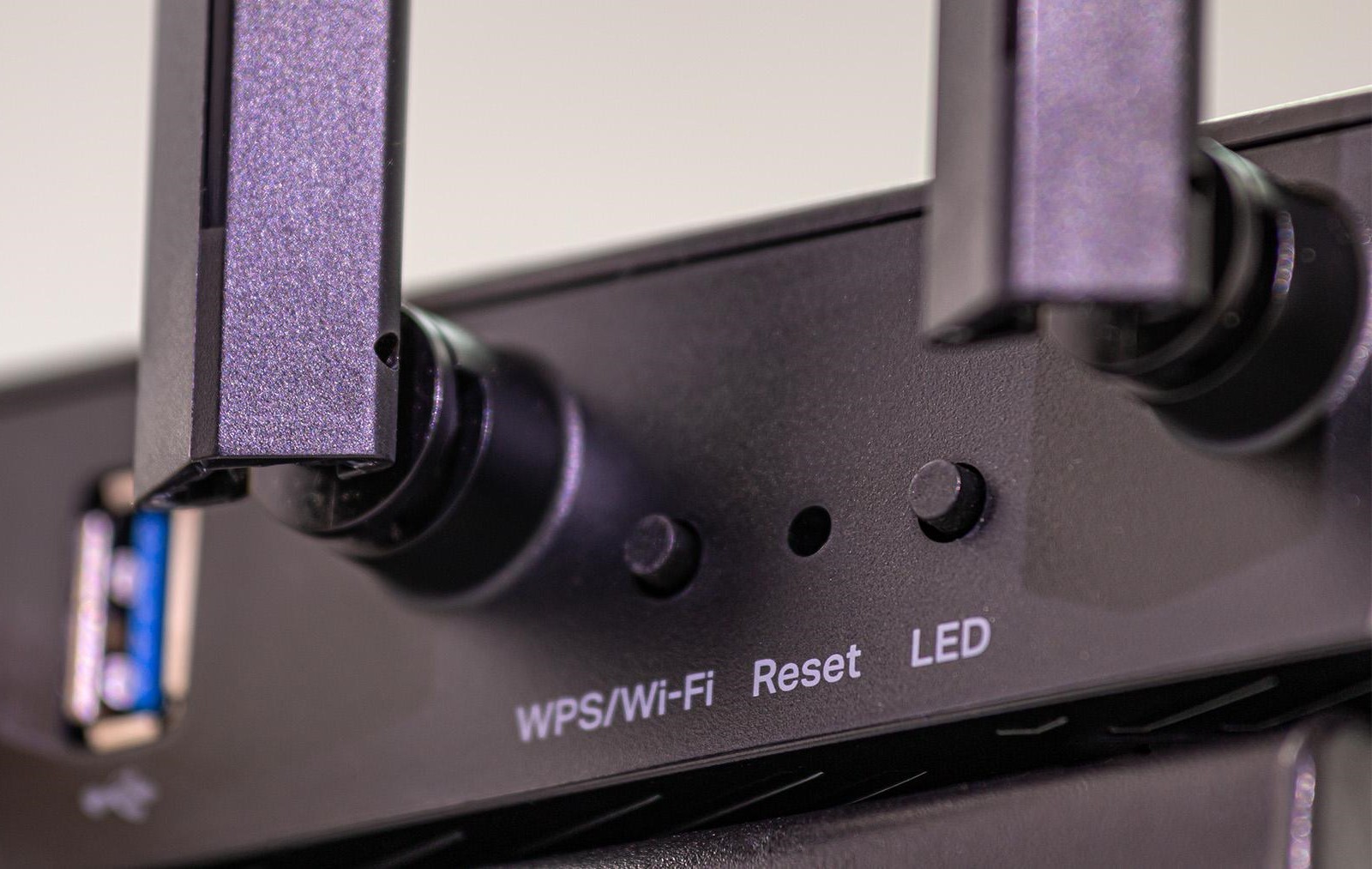
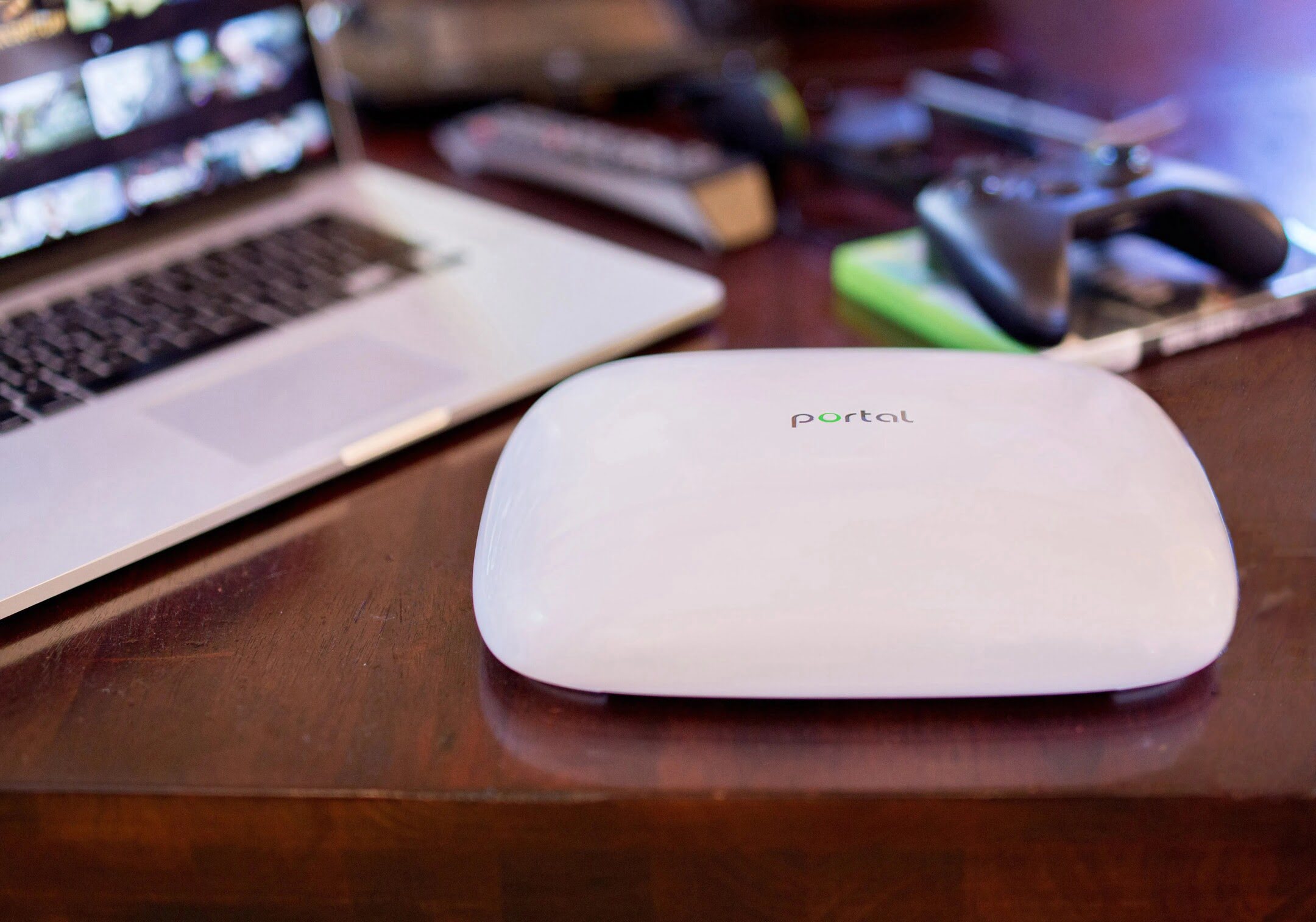
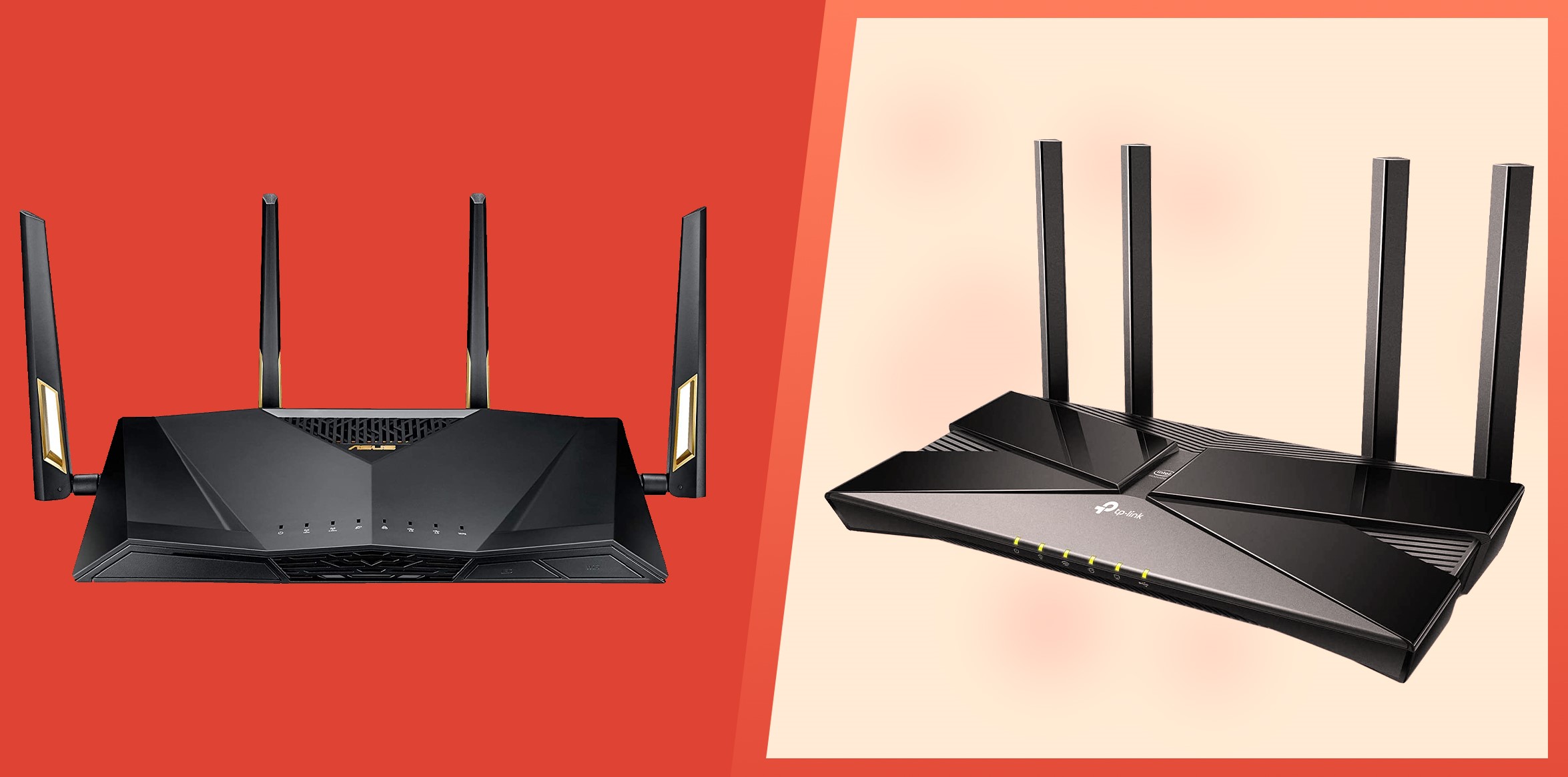
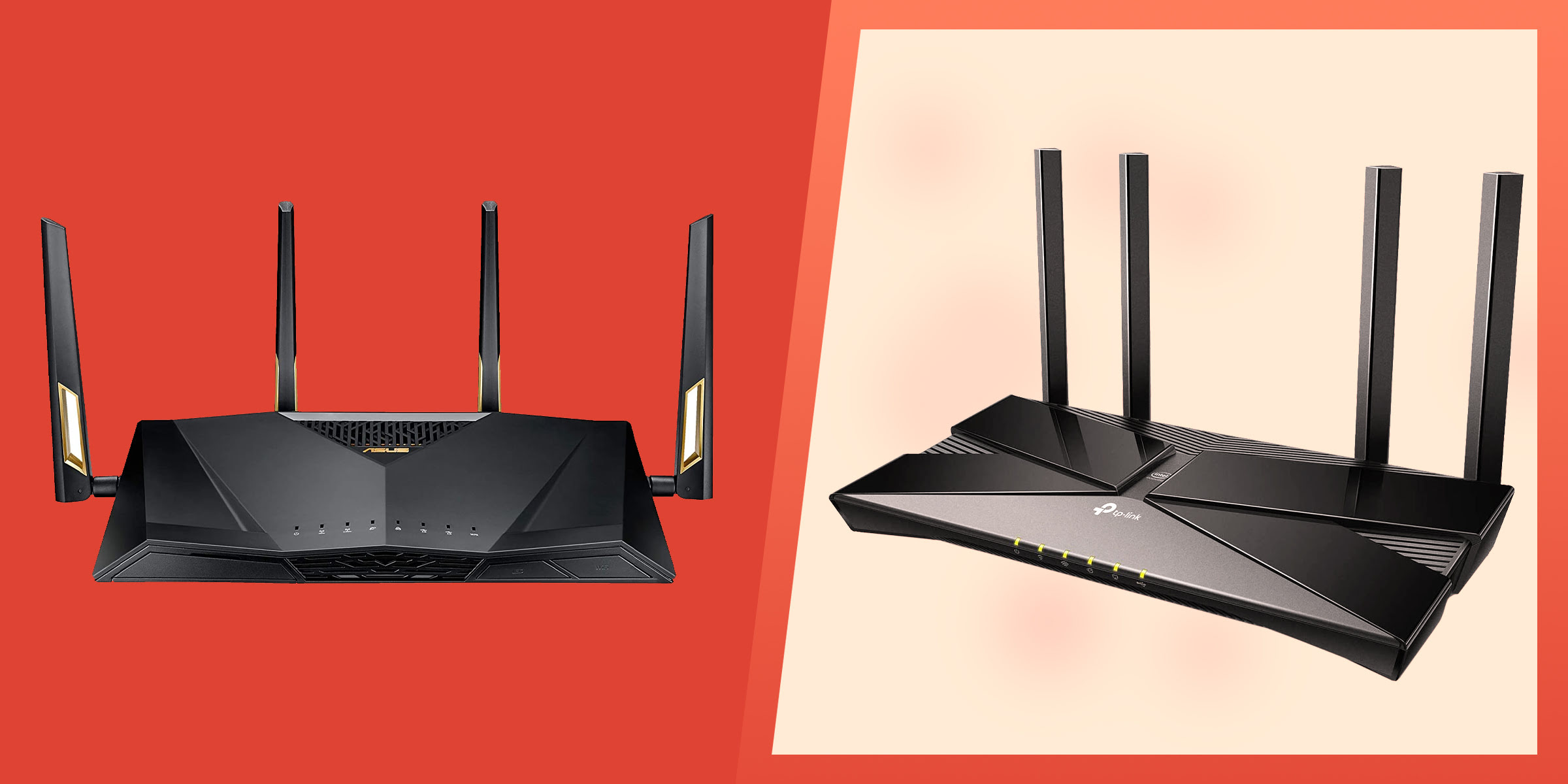
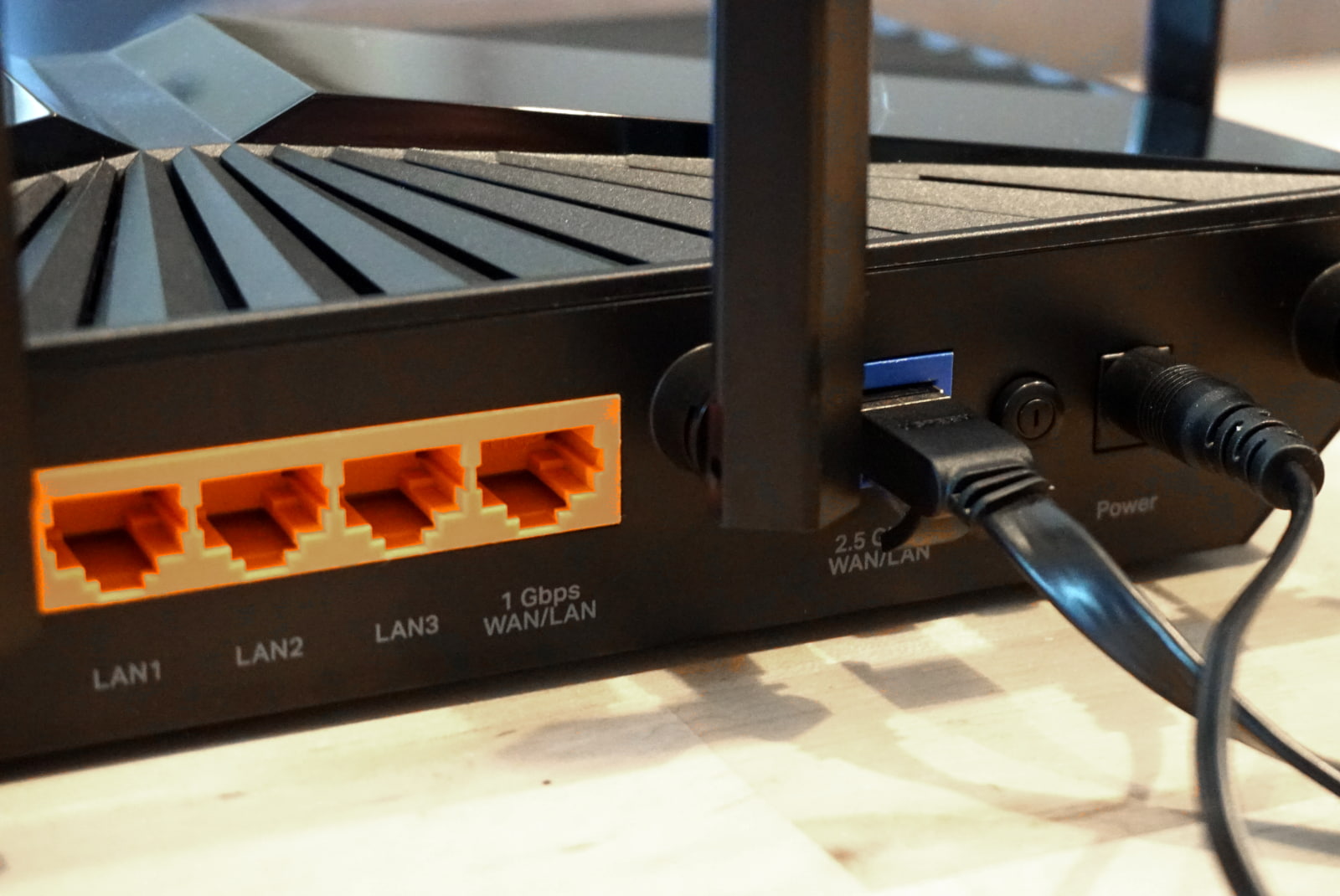
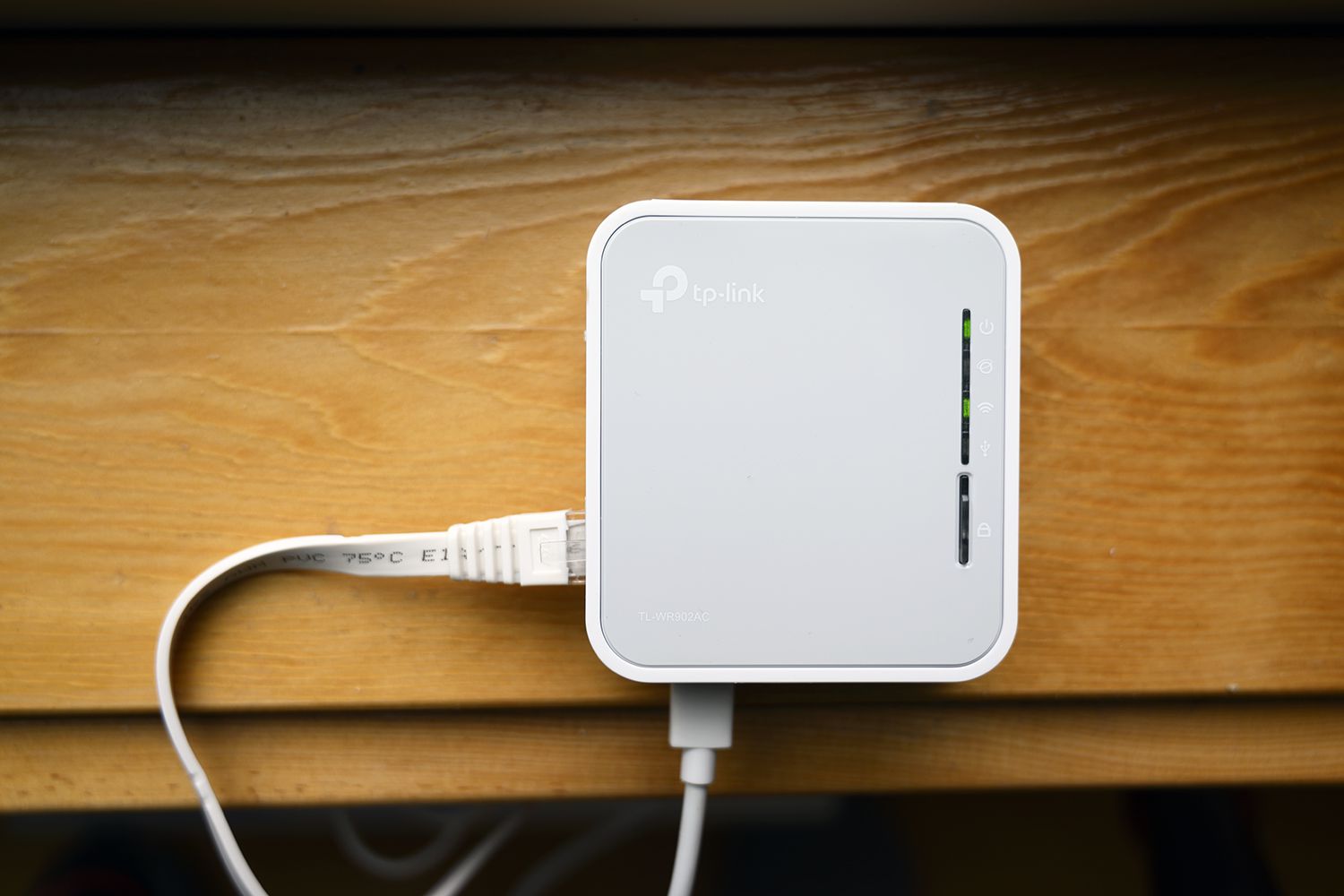
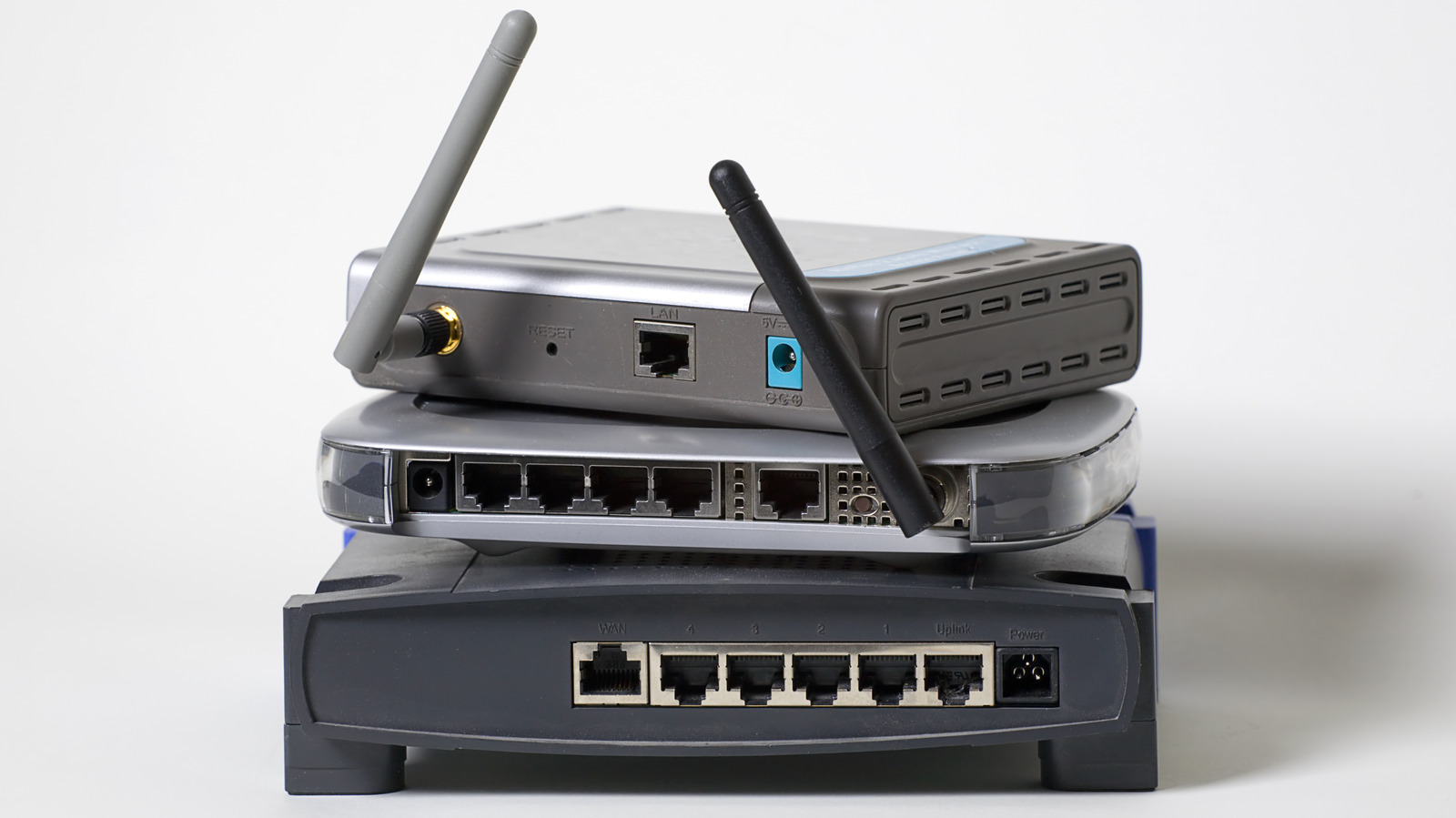

0 thoughts on “How To Fix Verizon Wi-Fi Router”